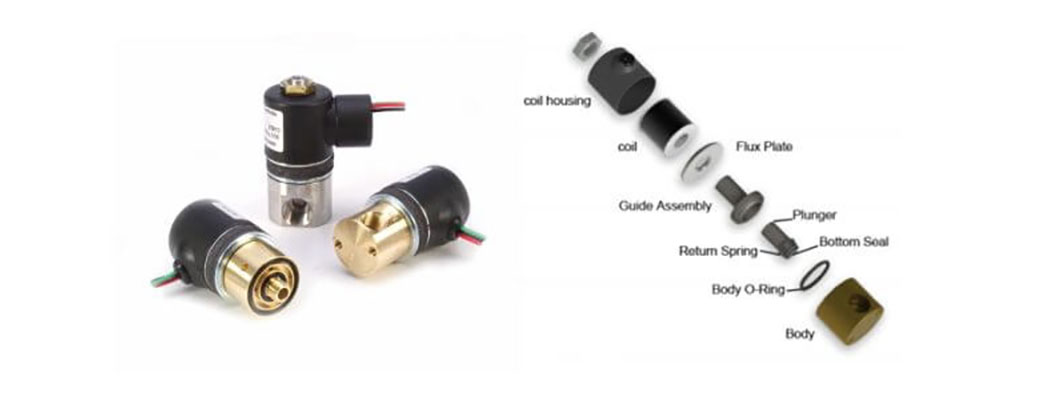During winter months and in extreme cold conditions, valve malfunctions can occur that can be extremely inconvenient and expensive. When malfunctions occur in these climates, users typically cite freezing of valves as a cause. However, tests have shown that this is perceived “freezing” and can in fact be prevented.
.jpg?sfvrsn=38deed66_2)
A solution? The shape of your valve’s plunger. But before we tell you what shape performs best (skip ahead if you can’t wait) it’s important to understand why users report experiencing a higher valve failure rate during extreme cold conditions and what is the cause. The two primary reasons cited for latching valve failure are freezing of valves and lack of sufficient energy to pulse the valve from an open to closed state or vice versa. When users cite freezing of valves, it was previously thought that freezing was due to condensation and subsequent freezing of the plunger to the guide tube. However, the perceived “freezing” or failure of latching valves in extreme cold conditions is the result of increased friction or drag brought on by the inability of the coils magnetic field to cancel the opposing magnetic field completely. The issue of lack of sufficient energy can also be attributed to friction. Since the voltage applied to the valve may be lower in cold temperatures due to battery storage capability or solar power limitations, the canceling magnetic field applied is less than ideal and the plunger grazes the walls of the guide tube.
So, what shape plunger performs best in extreme cold conditions? Round. This is because latching valves designed for optimal performance in extreme cold conditions ensure the plunger is centered within the guide tube, thereby eliminating friction and preventing drag. This is achieved by altering the magnetic field and reducing the residual force of the guide tube on the plunger, allowing the spring to successfully push the valve closed.
Some latching valve manufacturers have chosen to design a hexagonal-shaped plunger in the belief that, because it contains less surface area than a round plunger, it decreases the opportunity for the plunger to freeze to the tube. However, tests have shown that round plungers operate at a much lower average minimum voltage than do hexagonal plungers making them a better choice for sites challenged by a lack of sun. Other downsides to hexagonal-shaped plungers include cost and efficiency. Hexagonal shaped plungers are more costly simply because additional machining is required during the manufacturing process. They also contain a lower mass and are, therefore, less responsive to magnetic pull.
To explore ways to optimize the performance of your plunger-lift system using high performance latching valves, contact a Gems Sensors sales professional at 860.378.1600.
 SEARCH OUR RESOURCE CENTER
SEARCH OUR RESOURCE CENTER

